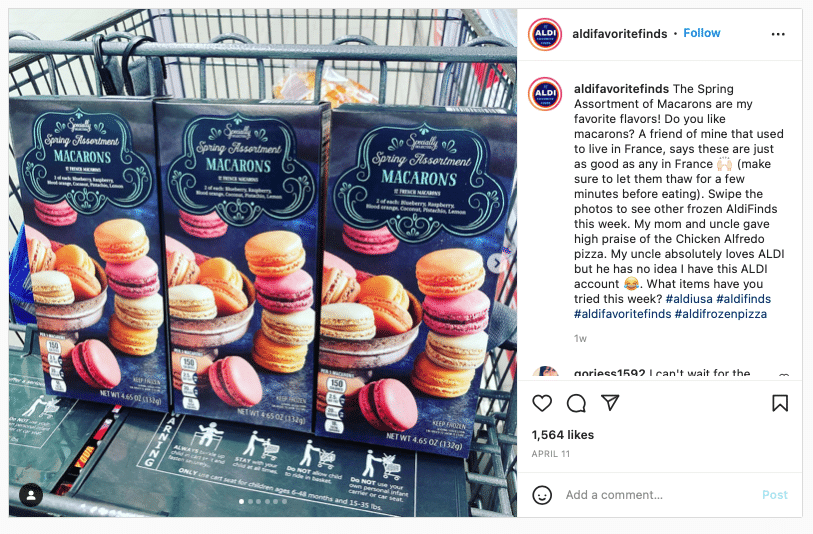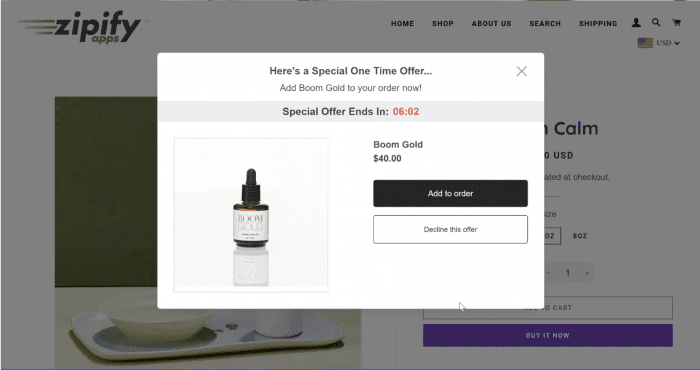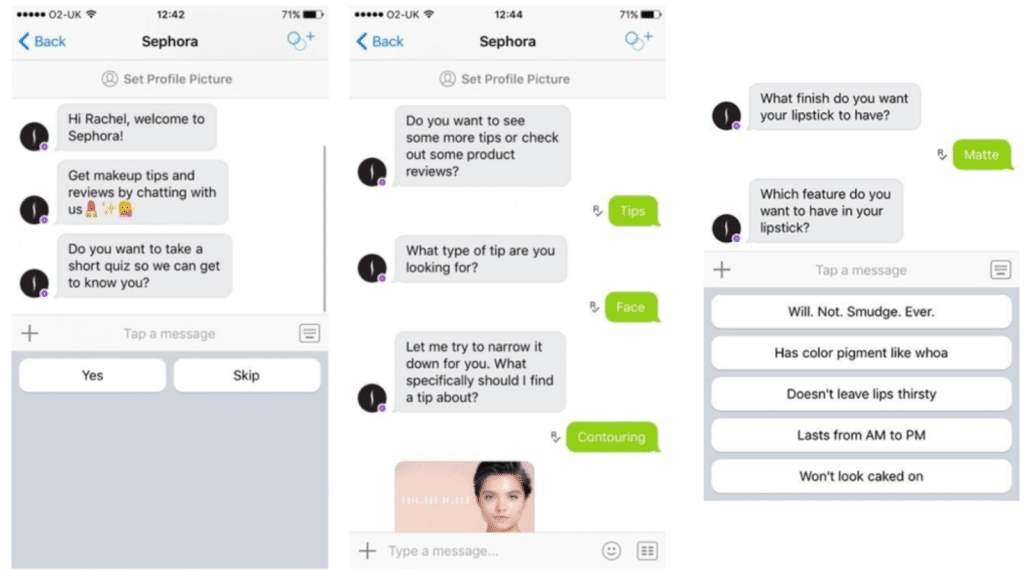As technology makes it easier for today’s consumers to discover new products, the prospects you’re seeking to attract are more distracted than ever before. The key to capturing their attention? Meet them where they are with standout content and enticing offers that compel them to engage with your D2C brand.
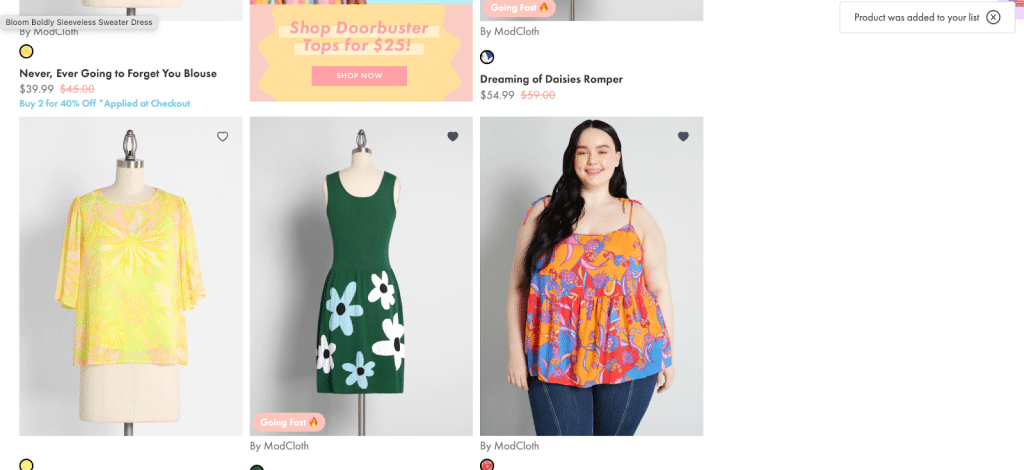
Where are D2C Customers Spending Their Time These Days?
On Social Media
From in-feed ads to creator-driven content to live shopping experiences, social commerce is skyrocketing. Every D2C brand needs an active social presence to grow. At the very minimum, consider these light lifts:
Add a shoppable element to your product-related posts.
Familiarize your marketing team with the many ways you can transform a stylized, editorial photo into an undercover ad on each social media platform. For example, Instagram provides D2C brands with Shopping Tags that appear the moment someone scrolls past a photo, instantly letting your followers know that they can purchase the items or looks they’re admiring.
Leverage the power of user-generated content (UGC).
Instagram posts: Shoppers love sharing their latest buys on Instagram so much that some create dedicated feeds to post and discuss reviews with followers. For example, lovers of cult-favorite cost-savvy grocery store Aldi can discover and dish on the latest favorites to land on their shelves on the fan-run @aldifavoritefinds account that’s 265,000 followers strong.
In the Checkout Flow
Although waiting in the long, snaking line at HomeGoods can feel like purgatory on earth, the company artfully surrounds soon-to-be buyers with a hallway of extras and might-as-well priced additions. Does this sound familiar? You walk in for a discounted hairdryer and leave with that plus a mango turmeric-scented jar candle, a pair of fuzzy striped socks, a mini tweezer set you’ll lose within a week, and some cactus-print dish towels, because why not? A $24 purchase jumps to a $52 buy in minutes. The good news is that you can replicate this same experience in your website’s checkout flow.
Create upsell opportunities.
In the Metaverse
As the metaverse becomes too big to ignore, your customers will expect your brand to have a presence in the digital world beyond your website and social media feeds. While you may not snap your fingers and reap Nike’s success — Nike’s Nikeland metaverse store attracts millions of virtual visitors — you can take steps to make your first metaverse impression an impactful one.
Sponsor a metaverse event.
Instead of going all out on a metaverse store, familiarize yourself first by sponsoring an event run by a company that’s already thriving there. From concerts to Fashion Week to sporting events, lots of buzzy happenings we used to consider in-person events are now taking place in the metaverse.
Create branded NFTs.
Brands are hopping on the NFT bandwagon, and it’s no surprise. The ability to develop digital goods that won’t get snagged in the supply chain crisis opens up a whole new way to expand and engage your reach. Just like D2C companies generate buzz with limited drops, brands are releasing limited NFTs of their goods. Look to GAP’s recent collaboration with Dapper Dan for inspiration.
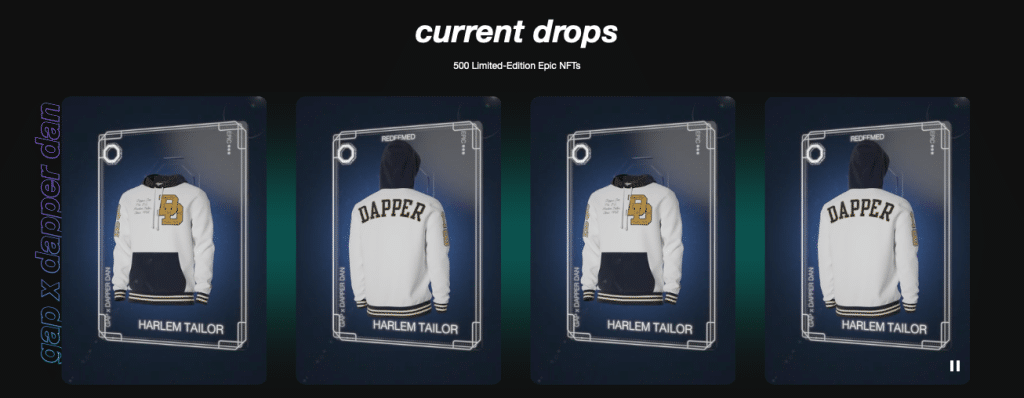
Keep tabs on how your D2C peers navigate the metaverse.
As the metaverse grows in popularity, brands will continuously find new ways to show up and succeed there. Follow D2C brands and their metaverse musings closely and consider the types of initiatives your brand should replicate.
On Your Website
Your website is the heart of your business as a D2C company. Once you can attract shoppers through engaging content, it’s time to pull out all the stops to make their online shopping experience a fun and supportive one. Here are a few ways to do just that.
Earn organic traffic through SEO-optimized blog content.
Designing your content through the lens of SEO means that the time and effort you spend creating useful articles is well spent. SEO best practices help your content rank on popular search engines, meaning that when your customers are researching an item or solution to a problem, your content will pop up with a link that brings them directly to your website. Not only does this practice bring your customers to exactly where you want them to be, it also presents your brand as a trusted expert on topics your target customer cares about.
Add “You May Also Like” recommendations to product pages.
Bolster average order size before customers make it to the checkout page. Pair spotlighted items on your product page with related add-ons that shoppers can add to their cart with a click.
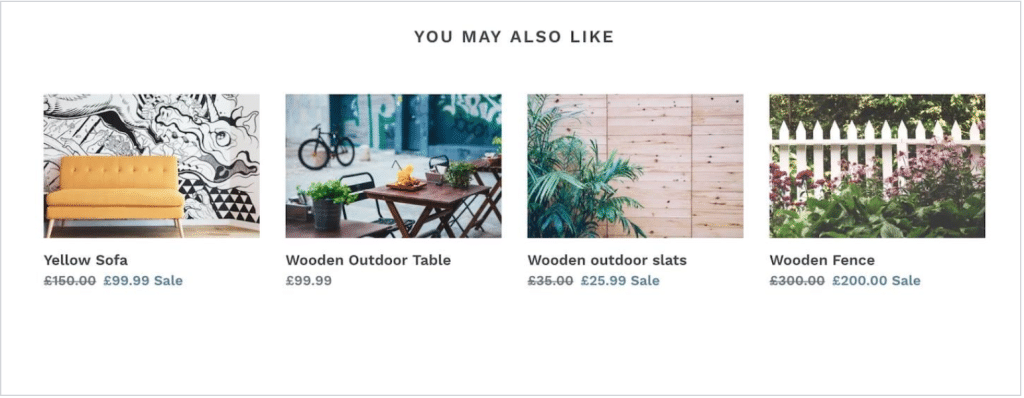
Invite window shoppers to create wishlists.
- Running low in stock: Hurry! Just 3 left.
- Included in a limited-time sale: An item on your wishlist is 30% off for the next 12 hours
- On clearance: An item on your wishlist is now on clearance. Buy it before it’s gone!
- Eligible for free shipping: Get free shipping on your wishlist items until tomorrow!

Lean on AI-fueled chatbots to answer shoppers’ questions on the spot.
When your business lives online, “closing time” doesn’t exist. Fortunately, you don’t have to rely on 24/7 customer service reps to be available for your customers. Impressively intelligent chatbots can create personalized interactions any time a customer wants to engage. And you don’t have to stop at answering questions. Some chatbot platforms provide retailers the opportunity to conduct quizzes and recommend content. Sephora’s chatbot quizzes shoppers to recommend products that best suit their needs.

